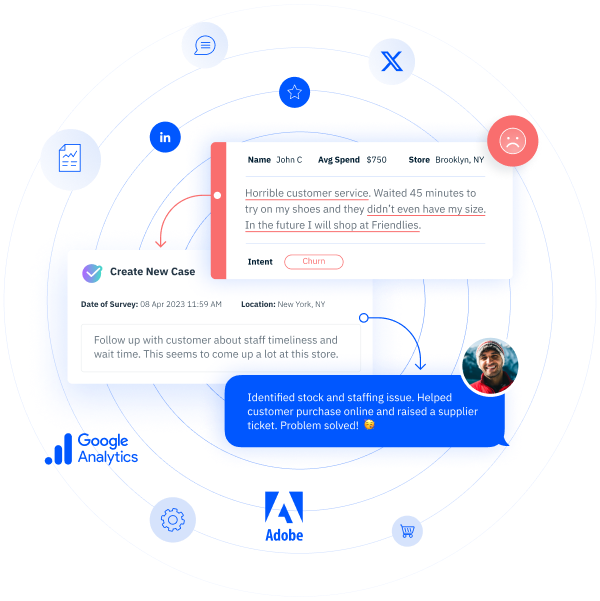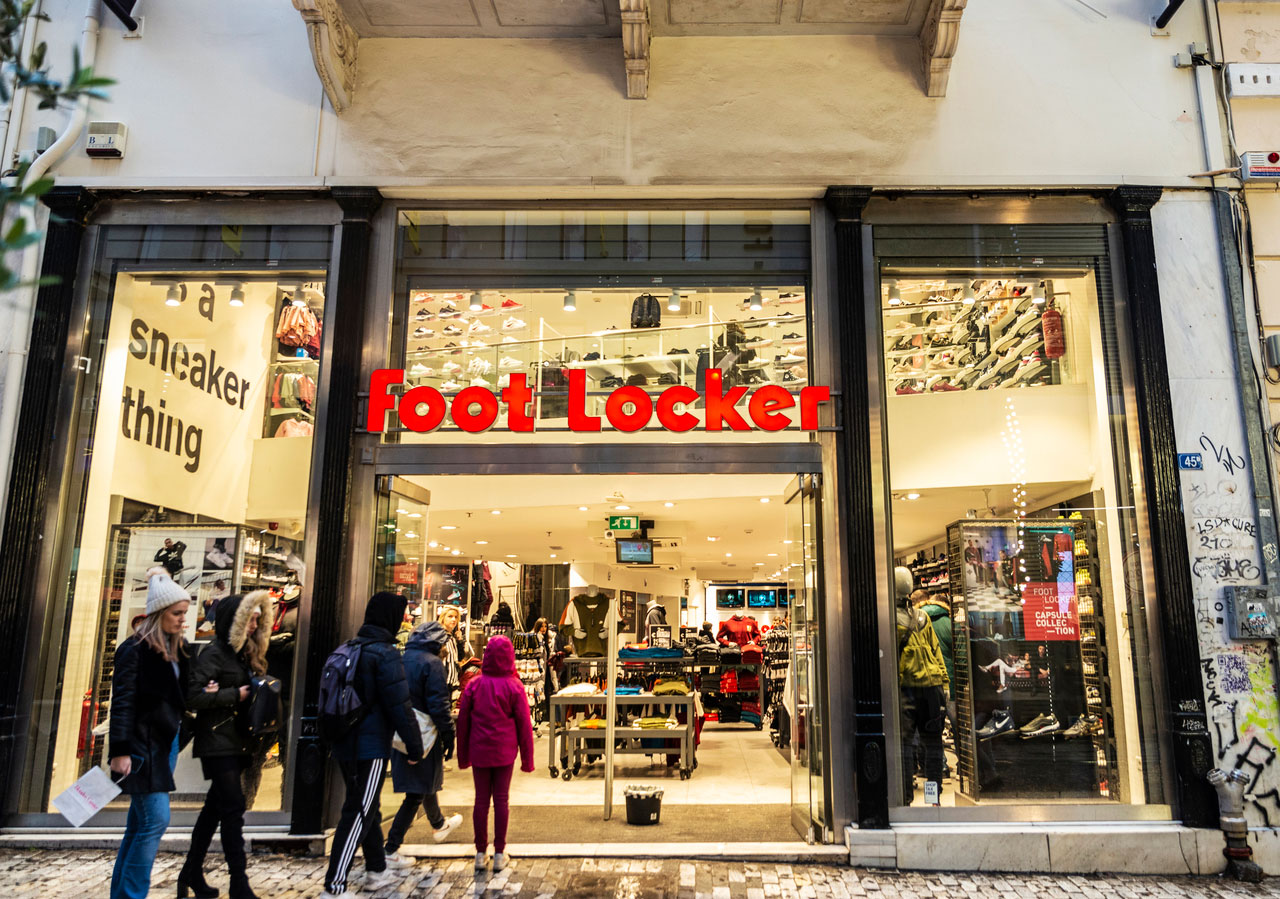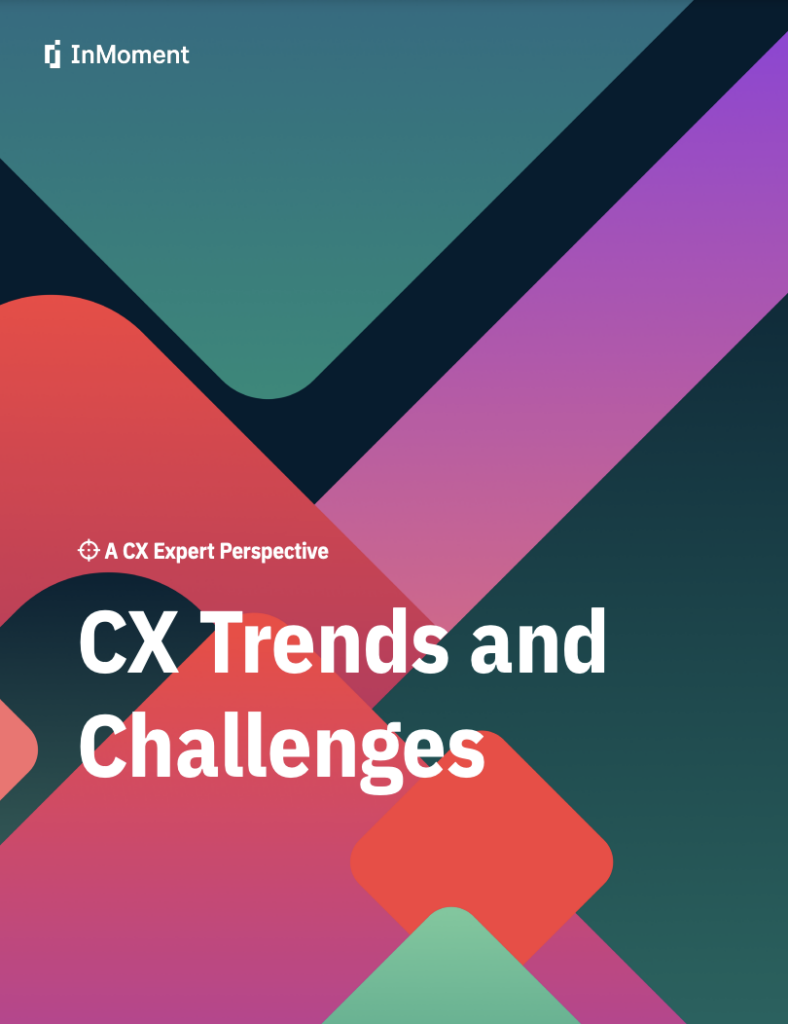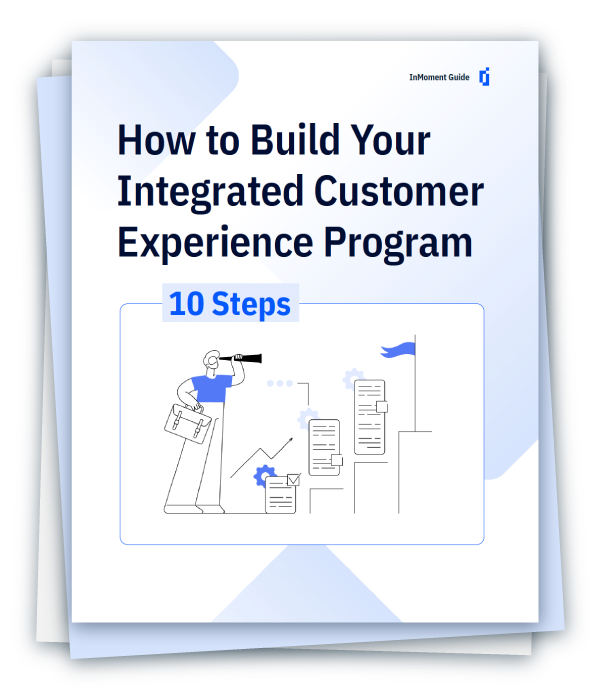Is Net Promoter Score Dead?
NPS’s benefits have earned it plenty of acclaim since its 2003 debut, but the metric has faced skepticism in recent years from some CX experts. Some of these practitioners have gone so far as to proclaim that NPS is “dead” and that organizations should leave it behind. What follows is a quick, honest look at these claims and at NPS’s place in today’s experience landscape.
The Net Promoter Score® (NPS) and the wider ecosystem to which it belongs, the Net Promoter System®, have long been organizations’ preferred means of evaluating everything from employee and customer satisfaction to internal processes. The reasons for NPS’s popularity are many, but its most attractive features are its speed, ease of use, and its ability to distill the state of almost any experience, department or function into a single number.
NPS’s benefits have earned it plenty of acclaim since its 2003 debut, but the metric has faced skepticism in recent years from some CX experts. Some of these practitioners have gone so far as to proclaim that NPS is “dead” and that organizations should leave it behind. What follows is a quick, honest look at these claims and at NPS’s place in today’s experience landscape.
It’s All About the Numbers(?)
One reason some CX practitioners shy away from the Net Promoter Score is because it’s just a number. How, these experts contend, can a simple number tell organizations what changes to make or what initiatives to undertake in order to achieve transformational success, let alone improve their score?
It’s true that the Net Promoter Score is “just” a number, but companies that focus solely on the metric aren’t tapping its full potential to begin with. Instead, organizations need to look to the deeper movement behind that number: the Net Promoter System. The Net Promoter System promotes customer centricity, continuous improvement, and learning from customer feedback. These principles are hardly outdated in today’s experience landscape, especially since they espouse finding meaning beyond the metric.
The Perils of Scoreboard-Watching
Relying more on the Net Promoter System’s values than the Net Promoter Score may sound well and good, but it also raises a natural question: if the System promotes the principles that the modern experience landscape thrives on, what’s the point of using the score at all?
First, let’s take a step back to discuss the relationship between the Net Promoter Score and companies’ expectations of it. Far too many organizations expect change to come about as a result of merely observing their score. Frankly, this expectation is a cultural problem, not the fault of NPS. Change is no less difficult to attain within an organization than in any other arena of life or business, and as with those other arenas, the only thing organizations can do to affect change is to work hard. Once organizations labor to apply the Net Promoter System’s principles, the metric will take care of itself and finally become an accurate indicator of a company’s standing.
Additionally, while endeavoring to understand the relationship between NPS and a brand’s financial incomes, some organizations may find that another metric, such as OSAT or Likelihood to Repurchase, suits them better. That’s great, but the principles behind the Net Promoter System still apply and can be leveraged even in those other contexts.
NPS Lives
Organizations that shift their focus from the metric to the meaning that the Net Promoter System provides can execute NPS with modern, data-ingesting experience intelligence tools. After all, the Net Promoter System helped bring about the wider customer experience world to begin with (it’s no coincidence that CX began proliferating shortly after NPS’s introduction).
Organizations can use the Net Promoter System and data-ingesting platforms toward the same end: capturing the voice of the customer at its most relevant moments, analyzing sentiments, and delivering those insights to stakeholders that can turn them into action. Because of this, NPS is far from dead—the values and internal business practices it promulgates are relevant to any organization that seeks meaningful, transformational success.
Want to read more about the state of NPS in 2020? Read the full article for free today!













